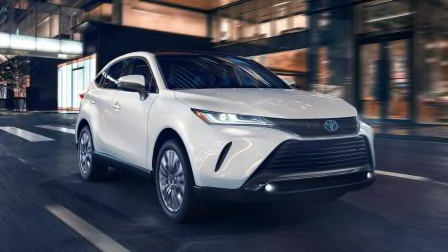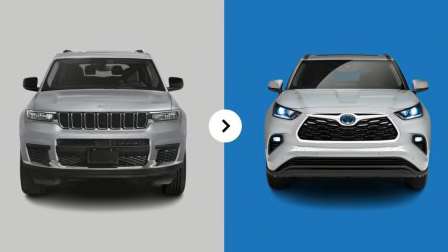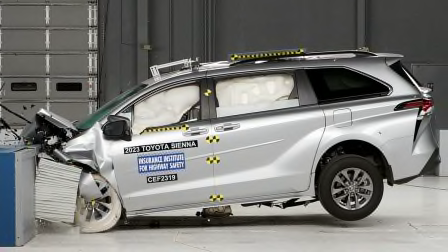Most Small SUVs Fall Short in New Automatic Emergency Braking Test
The new IIHS test is performed at higher speeds and includes stopped motorcycles and semi-trailers

In new, more stringent testing of the automatic emergency braking (AEB) systems in 10 small SUV models, only one—the 2023-24 Subaru Forester—received a top score. Four of the models received Poor scores in the tests, which were conducted by the Insurance Institute for Highway Safety (IIHS).
AEB is designed to automatically apply the brakes and stop a car more quickly to avoid or minimize a crash. IIHS has been testing vehicle-to-vehicle AEB since 2013. In response to ongoing research into the types of crashes most likely to kill and injure people, the new tests are conducted at higher speeds, and with a motorcycle and semi-trailer as targets in addition to a passenger car. IIHS also has a separate test designed to evaluate how well a vehicle’s AEB system can prevent or mitigate a crash with a pedestrian.
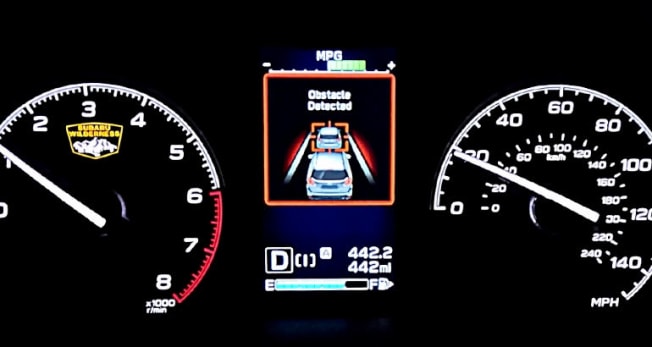
Photo: IIHS Photo: IIHS
When IIHS first began testing AEB systems more than a decade ago, the tests were run at 12 and 25 miles per hour, with the aim of evaluating the ability of each model’s AEB to avoid crashing into a passenger car at city speeds. But according to IIHS research, only about 3 percent of the crashes reported by police fall into that speed range. The new tests are run at 31, 37, and 43 mph.
“Many real-world crashes were occurring in the 35- to 45-mph range, and while we knew some systems were already working at these higher speeds, increasing the test speed would encourage more systems that could prevent these sorts of crashes,” says Joe Young, an IIHS spokesperson. “Research also found that systems were not as effective at detecting motorcycles and large trucks as they were other passenger vehicles, so we expanded the test to include those vehicles as well.”
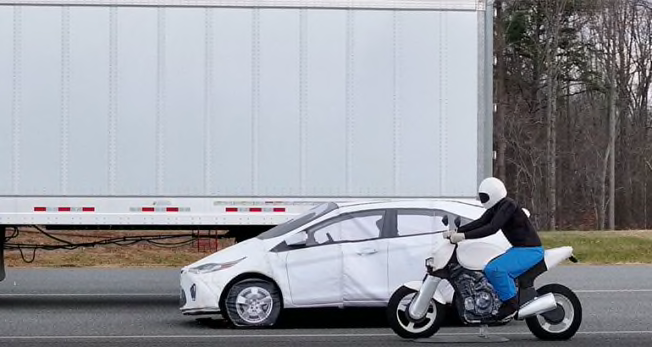
Photo: IIHS Photo: IIHS
IIHS says it awards points in the test based on a system’s ability to provide a timely warning before impact and its ability to reduce the vehicle’s speed in order to avoid, or at least mitigate, the severity of a crash. The Forester, for example, sounded its forward collision warning (FCW) alarm more than 2.1 seconds before the computer-estimated time of impact, and avoided hitting the motorcycle target at 31 and 37 mph. In the 43-mph test, it slowed by an average of 30 mph before hitting the motorcycle target. The Equinox, by contrast, had trouble identifying the motorcycle target for forward collision warning, and barely reduced speed before hitting it in the 31-mph test.
“The results of this testing don’t mean that AEB doesn’t work or that drivers should be concerned—it’s actually just showing that most systems still have room for improvement,” says Kelly Funkhouser, Consumer Reports’ associate director of vehicle technology. “That is why it’s so critical for organizations like IIHS to test these systems at higher speeds and with more different types of vehicles.”
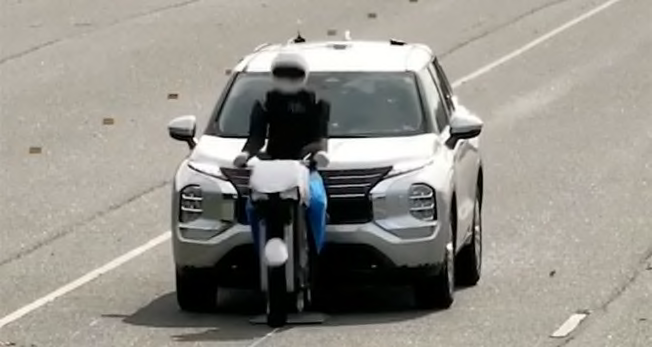
Photo: IIHS Photo: IIHS
IIHS notes that even the small SUVs that received Marginal ratings in the tests exceeded the performance requirements of the original, slower AEB testing. IIHS’s Young says the new AEB test standards will eventually be incorporated into each vehicle’s overall safety score, which determines which models the organization designates Top Safety Pick+, or the safest vehicles on the market.
“AEB has already been proven to reduce crashes, so any improvements to how these systems perform will only increase the number of lives saved,” says Funkhouser.

















